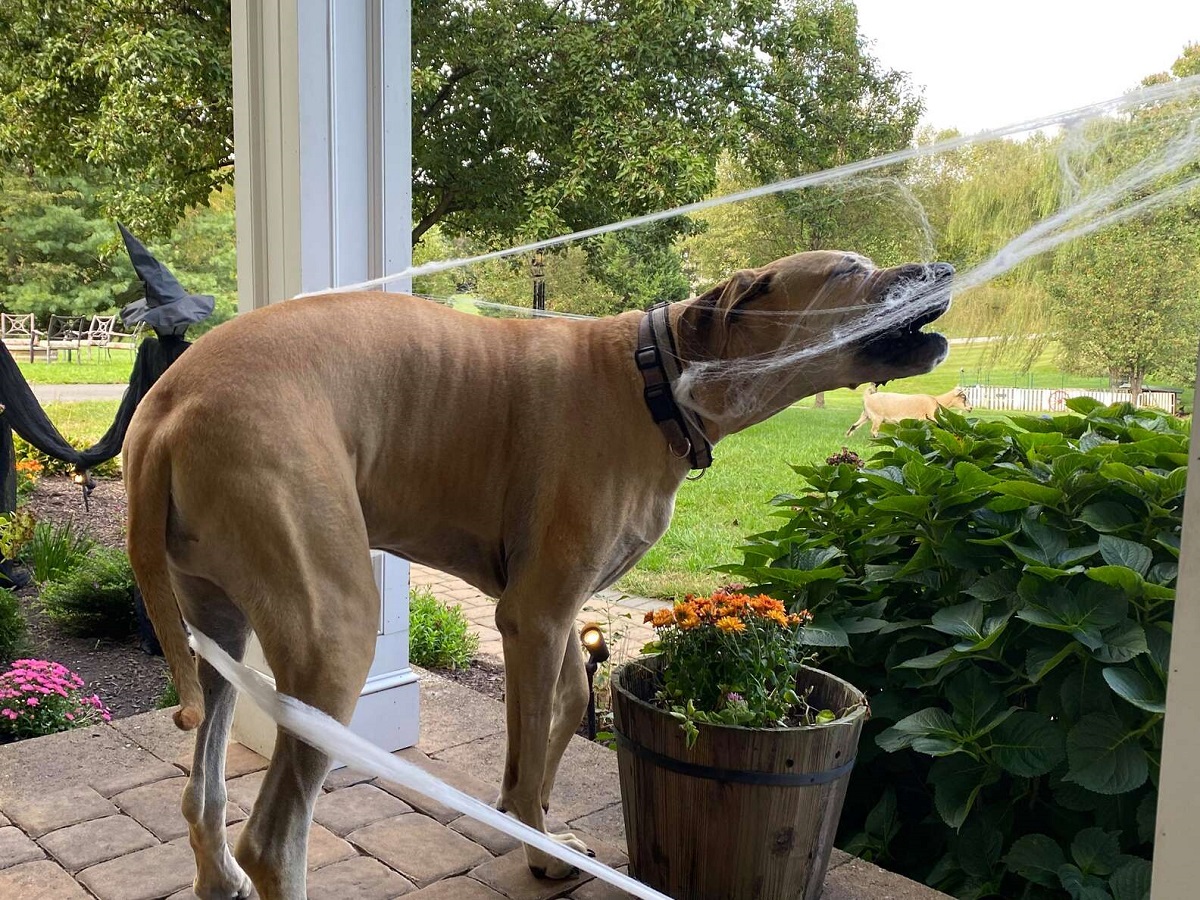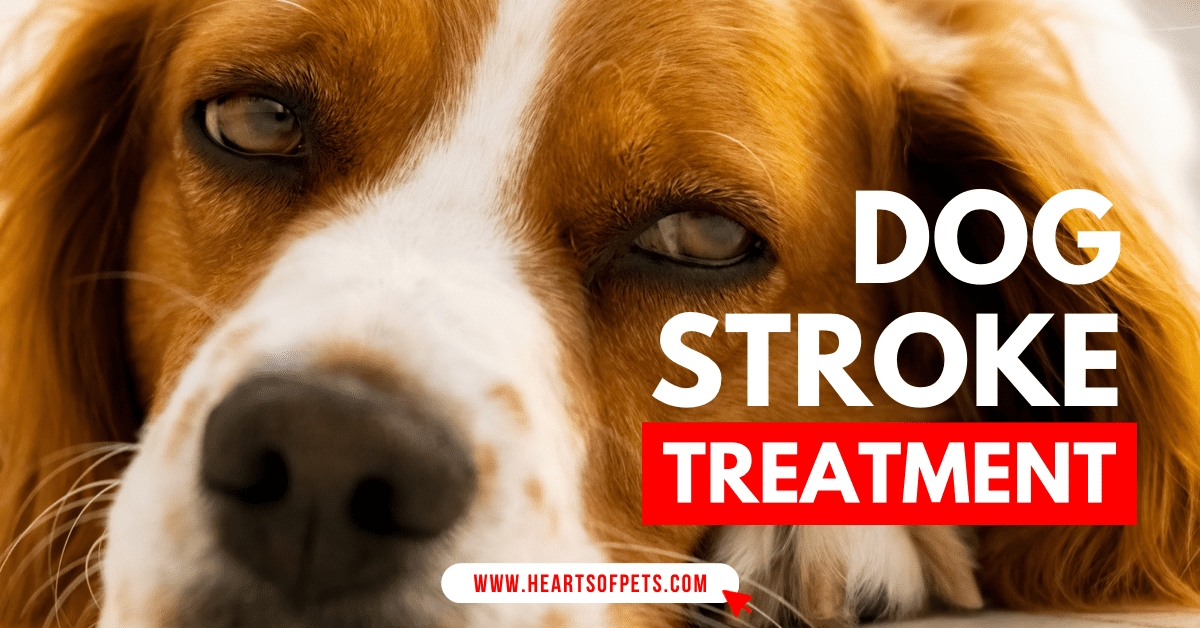
Dogs are family members for many people; as such, we want to do whatever we can to keep them healthy and happy. But did you know that dogs can suffer strokes just like people? Strokes are the third leading cause of death in dogs. If you’re worried that your dog might have a stroke, here are five signs to look out for and how you can help.
What is Dog Stroke?
A stroke happens when the blood supply to the brain is interrupted. This can happen either because of a blockage in the blood vessels or because of a bleed. When this happens, the brain doesn’t get the oxygen it needs, and brain cells start to die. In humans, strokes are relatively common – about 1 in every 100 people will have a stroke at some point in their lives. However, they are less common in dogs with only about 1 in every 10,000 dogs being affected.
Is it possible to prevent dog strokes?
Since they are strongly related to underlying conditions, many strokes can be avoided. In addition, regular examinations by the veterinarian can identify contributing factors and lower the risk of your pet suffering a stroke.
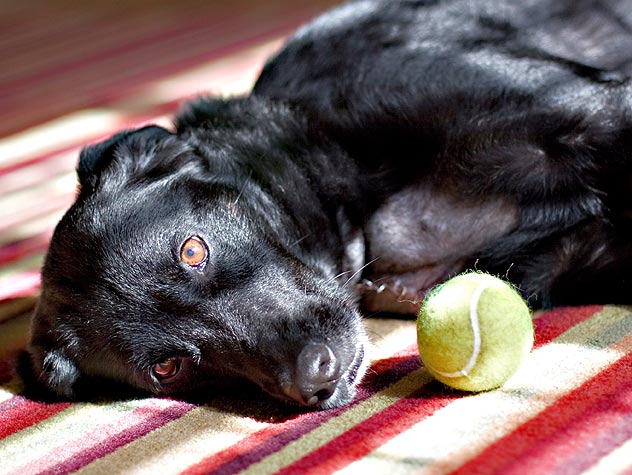
Common Causes of Dog Stroke
Atherosclerosis
Which is the buildup of plaque in the arteries. This buildup narrows the arteries and reduces blood flow to the brain. Atherosclerosis is more common in older dogs but can occur at any age. Obesity, diabetes, and hypertension are all risk factors for atherosclerosis.
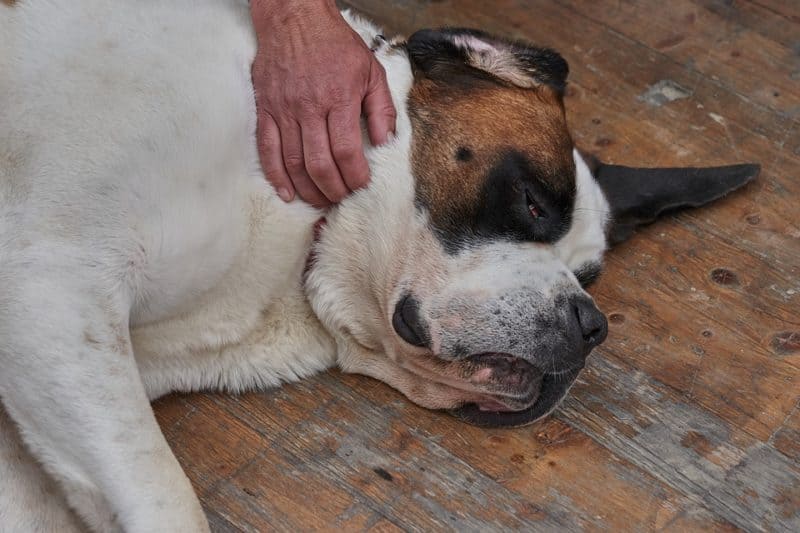
Congenital Heart Disease
One of the most common causes of dog stroke is congenital heart disease (CHD). CHD is a general term used to describe any heart defect that is present at birth. Common CHD types include septal defects, patent ductus arteriosus, and pulmonic stenosis. While some dogs with CHD never experience any symptoms or problems, others may develop congestive heart failure, arrhythmias, or—in severe cases—a stroke.
The best way to prevent your dog from suffering from a stroke due to CHD is to have them screened for the condition by a veterinarian before bringing them home. Once your dog has been diagnosed with CHD, working closely with your vet to manage the condition is crucial. This may involve medication, dietary changes, and close monitoring. Surgery may also be an option in some cases.
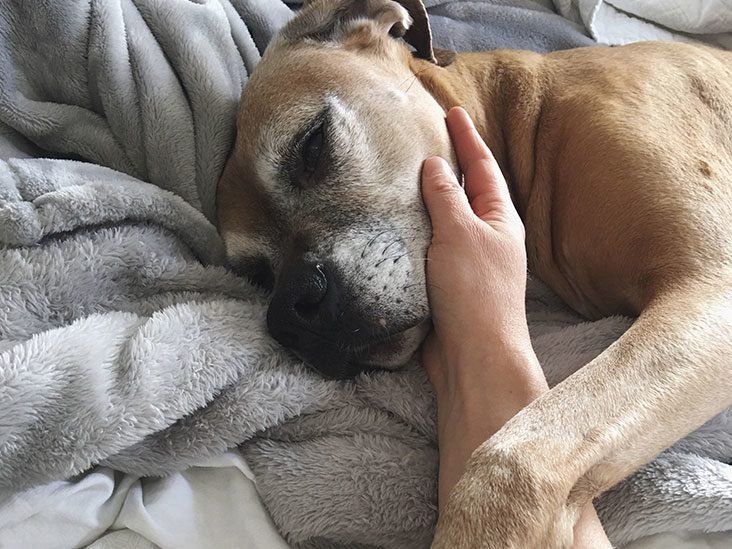
Cushing’s Disease
Cushing’s disease is another common cause of dog stroke. Cushing’s disease occurs when the body produces too much of the hormone cortisol. Cortisol is a stress hormone released by the adrenal glands in response to physical or emotional stress.
While a small amount of cortisol is necessary for the body to function normally, too much cortisol can lead to several health problems, including obesity, hypertension, and diabetes—all of which are risk factors for stroke.
Dogs with Cushing’s disease may also suffer muscle weakness, increased thirst and urination, and thinning skin. If your dog exhibits any of these symptoms, be sure to take them to the vet so they can be tested for Cushing’s disease.
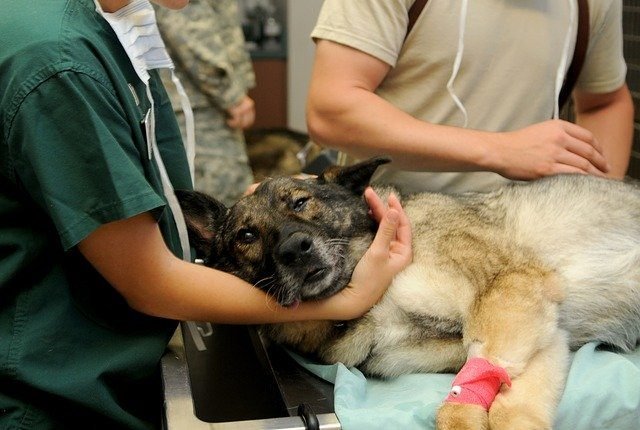
Dehydration
Dehydration is another possible cause of dog stroke. Dehydration occurs when the body loses more fluid than it takes in. This can happen due to excessive sweating (from exercise or heat), vomiting or diarrhea, or not drinking enough water throughout the day.
Dogs who are dehydrated may exhibit symptoms such as lethargy, dry mouth, sunken eyes, and increased thirst—so if you notice any of these signs in your dog, be sure to give them some water right away and take them to the vet if their symptoms persist.

Lack of physical activity
Dogs, like humans, need regular exercise to maintain their health. A sedentary lifestyle can lead to many health problems, such as obesity, which increases the risk of stroke. New pet owners should take their dogs on walks or runs every day and play with them regularly to ensure they get the exercise they need.

Poor diet
What a dog eats also plays a role in its overall health and can contribute to the development of strokes. For example, dogs who eat processed foods or foods high in fat are more likely to suffer from strokes than those who eat a balanced diet. Therefore, new pet owners should talk to their veterinarians about what kind of food is best for their dogs and ensure they get the nutrients they need.
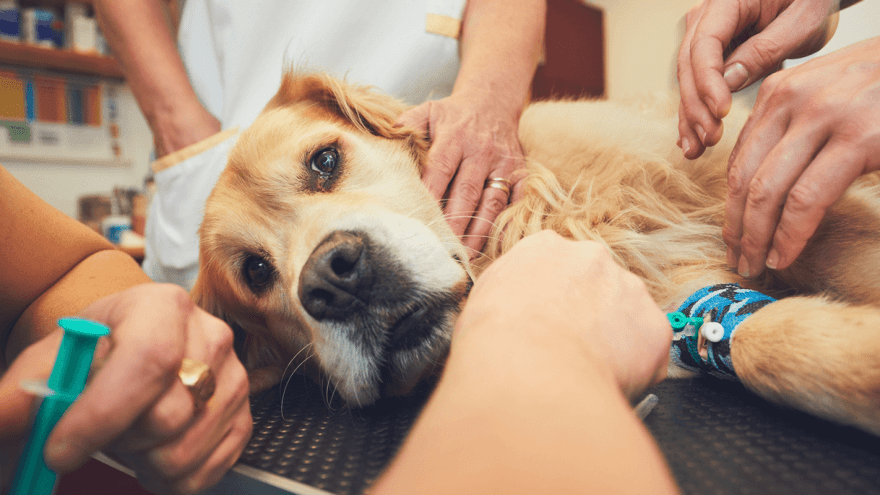
Genetics
Unfortunately, some dogs are more predisposed to suffering from strokes due to their genes. Some breeds of dogs such as cocker spaniels, poodles, and Shih Tzus, are more likely to have strokes than other breeds. If a new pet owner has one of these breeds of dogs, they should be especially vigilant about ensuring their dog gets regular exercise and eats a healthy diet.
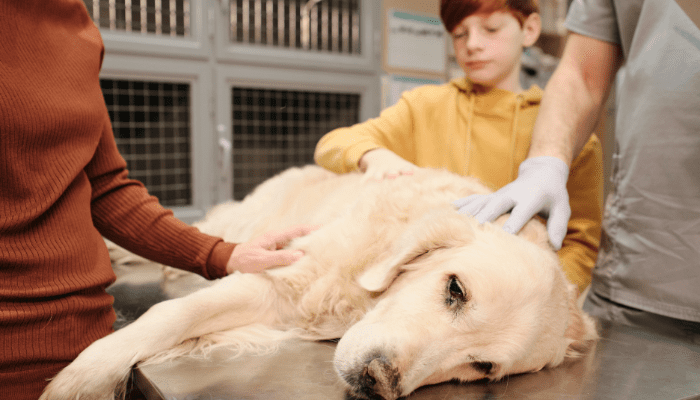
Potential Medical Conditions That Can Increase The Risk Of Your Pet to A Stroke
- Kidney disease
- Diabetes
- Undetected blood clots
- Hypertension – high blood pressure
- Cancer
- Exposure to certain toxins such as rat poison
- Clotting disorders
- Ruptured blood vessels or aneurysms
- Tumors
- Heart disease
- Cushing’s disease
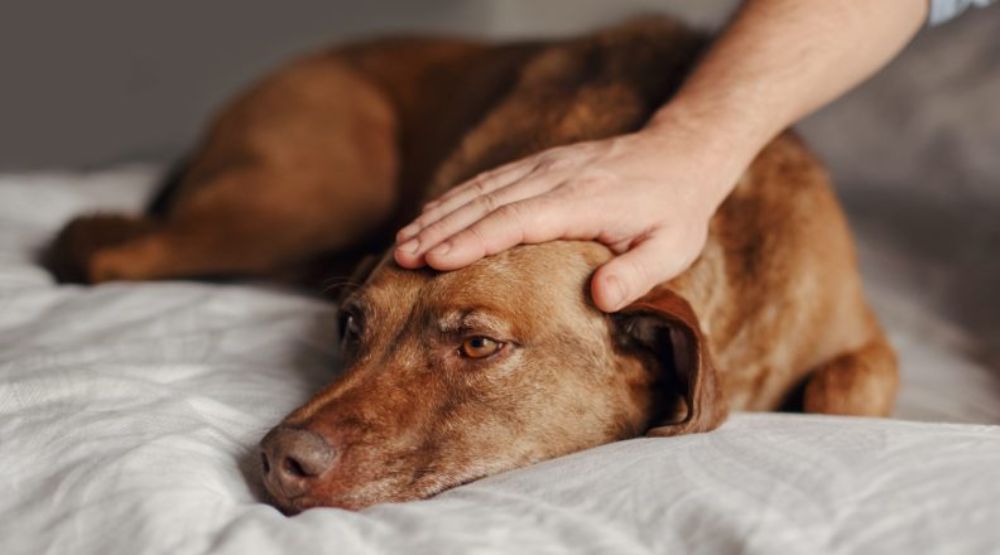
Correct Treatment Can Resolve the Cause of Strokes
The most important thing to do if you think someone is having a stroke is to call 911 immediately and get them to the hospital for treatment. Every minute counts when it comes to strokes! Once at the hospital, doctors will work to diagnose the cause of the stroke and determine the best course of treatment.
There are two main types of strokes: ischemic strokes and hemorrhagic strokes. Ischemic strokes are caused by a blockage in an artery that supplies blood to the brain. Hemorrhagic strokes are caused by bleeding in or around the brain. Treatment for each type of stroke is different.
Treatment for ischemic strokes: typically involves using clot-busting drugs or devices to remove the blockage and restore blood flow to the brain.
Treatment for hemorrhagic strokes: usually involves surgery to repair the damaged blood vessel or remove the bleeding in or around the brain. In either case, prompt treatment is essential for minimizing brain damage and potential complications.
Depending on the severity of the stroke, treatment may vary. For minor strokes, treatment may consist of rest and supportive care. More severe strokes may require hospitalization and intensive care. In some cases, surgery may be necessary to remove the blockage or repair the damage caused by the stroke. However, with prompt and proper treatment, most pets will fully recover from a stroke.
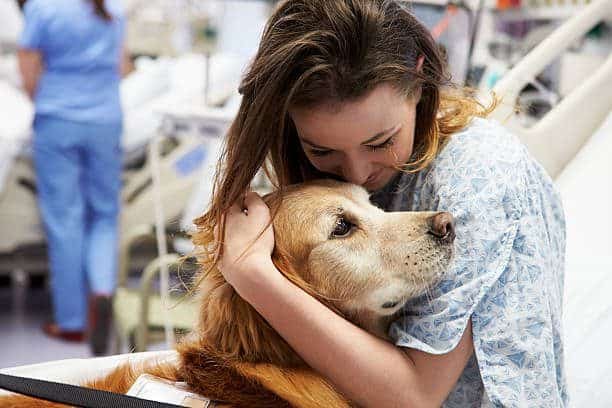
Five Warning Signals That Your Dog May Be Having A Stroke
Strokes in dogs are uncommon and might be challenging to detect.
When blood flow to the brain is disrupted, a stroke ensues. Take your pet to the vet immediately if you think they are suffering a stroke.
Two Different Kinds of Stroke
A clot or a hemorrhage, like in people, can cause a stroke:
- Ischaemic dog strokes are brought on by a rapid drop in the brain’s blood flow.
- Hemorrhagic dog strokes are caused by bleeding within the brain.
Below are the five primary indications that your dog is experiencing a stroke.
First Sign
Strokes in dogs can manifest as extreme exhaustion. As a result, if your dog suddenly appears to be falling asleep, it may be a stroke-related loss of consciousness. When you try to awaken your dog, and he doesn’t respond, call your veterinarian right away.
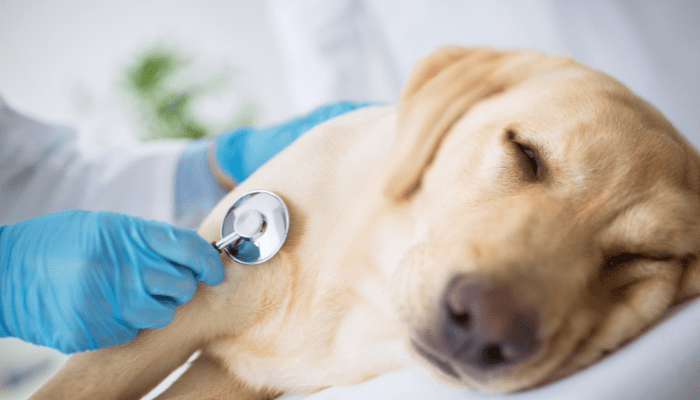
Second Sign
Strokes may impact the way your pet regulates its eyes. Keep an eye out for any unusual eye movements, such as your dog’s eyes continually spinning or jumping in and out. In addition, your pet’s eyes may appear to be concentrating on two distinct areas, or one eye may remain still whereas the other twitches. So, if you notice any of these changes in your pet’s vision, call your veterinarian.

Third Sign
Your dog may exhibit warning symptoms when he walks, letting you know he has had a stroke. Because strokes impact the brain, it is difficult for your pet to stand up straight. Therefore, consult your veterinarian if your dog experiences a rapid decline in balance, fails to stand, leans to one edge, or attempts to count on you.
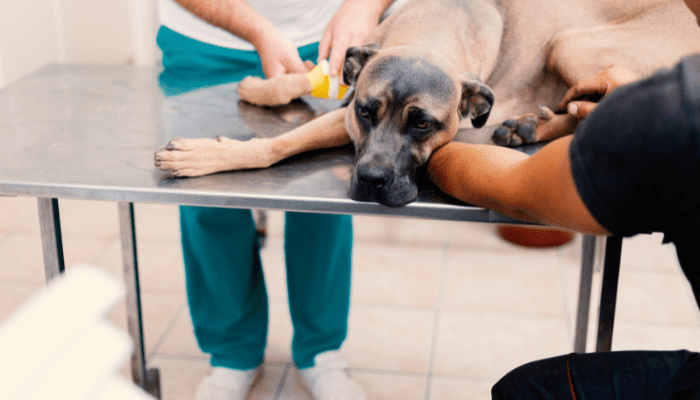
Fourth Sign
Your pet’s brain sends the wrong messages to its body when they have a stroke. So your pet might be unable to understand spoken instructions, for instance. He might instead appear to be going in circles and moving aimlessly. As a result, he can have a drunken appearance and trouble walking straight.
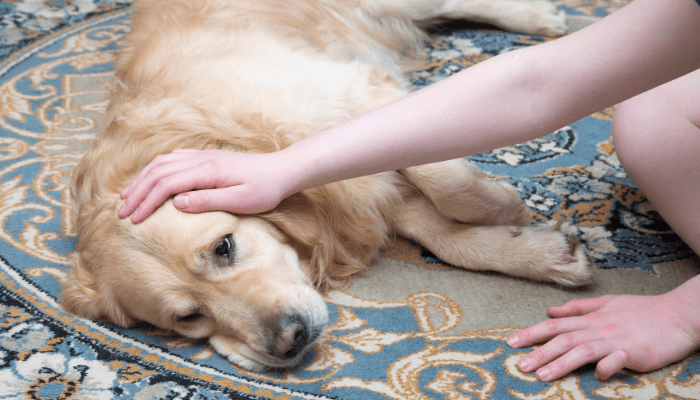
Fifth Sign
Your pet may become incapacitated as a result of a stroke:
- Heart arrhythmias
- Inability to breathe
- Vomiting
- Loss of bladder control
- Gasping
- Diarrhea
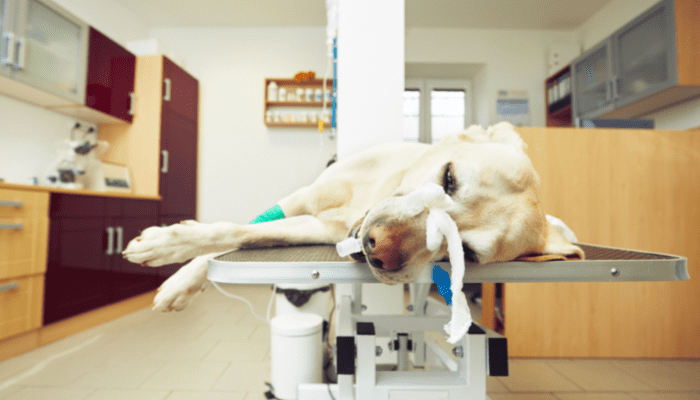
Some of these signs are also typical of gastrointestinal disturbances in dogs. Therefore, it’s critical to distinguish between a stomach ache and a stroke. The length and severity of stroke symptoms are far worse than those of a stomach ache. As an illustration, a stroke may cause your dog to repeatedly dry heave (try to vomit without bringing anything to the surface) and appear powerless to stop.
Is recovery possible after a stroke?
Caring for a dog after it has had a stroke can be difficult. While dogs can recover from a stroke, the process can be long and requires a lot of patience.
The First Few Days After a Stroke
The first few days after a dog has experienced a stroke are crucial. They will likely be fragile and disoriented and may even have trouble standing or walking. Therefore, keeping them calm and quiet is essential to rest and begin the healing process.
You should also closely monitor their breathing and heart rate, as strokes can often cause respiratory problems. Suppose your dog has difficulty breathing, takes more than 30 seconds to recover from a coughing fit, or has excessive nasal discharge. In that case, it’s important to contact your veterinarian immediately as these could be signs of pneumonia, which can be fatal if left untreated.
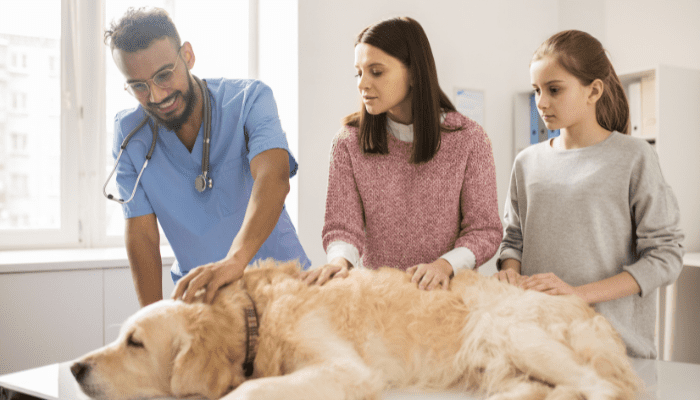
Treatment and Recovery
Treatment for strokes in dogs typically involves aggressive supportive care and physical therapy. This may include IV fluids to prevent dehydration, medications to control seizures or pain, antibiotics to prevent infection, and Oxygen therapy. Sometimes, your dog may need to be hospitalized to receive around-the-clock care.
After being discharged from the hospital, it’s important to continue their physical therapy at home. This may involve exercises like walking on a leash or swimming to help regain muscle strength and mobility. You should also continue any medications that your veterinarian prescribed. With time and patience, most dogs can fully recover and return to normal activities within several weeks or months.
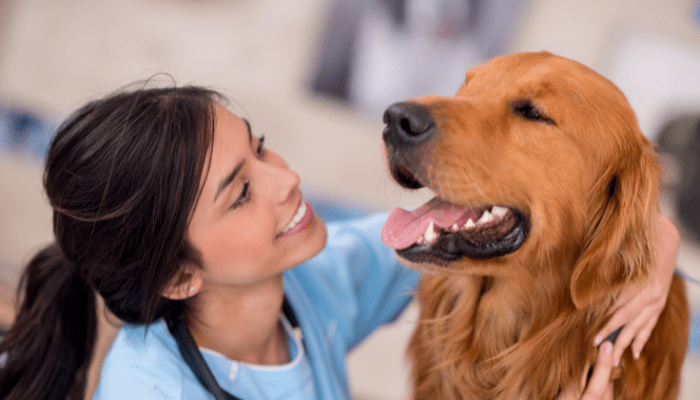
More helpful tips:
- Make sure your dog is getting plenty of rest. This means keeping them in a quiet place where they can relax and not be disturbed. Try to keep their energy levels low by limiting their exercise and playtime.
- Help your dog eat and drink. Due to the weakness that often comes with a stroke, your dog may not be able to lift its head, or swallowing may be difficult. In these cases, you will need to feed your dog small amounts of food and water using a syringe or eyedropper.
- Keep an eye on your dog’s bathroom habits. Because of the weakness that often comes with a stroke, your dog may be unable to control its bowel movements or urination. This can lead to accidents in the home. To avoid this, take your dog out frequently and strategically place newspapers or Puppy pads around your home.
- Monitor your dog for any changes in its condition. Strokes can sometimes cause paralysis on one side of the body or paralysis of the hind legs. If you notice any changes in your dog’s condition, contact your veterinarian immediately.
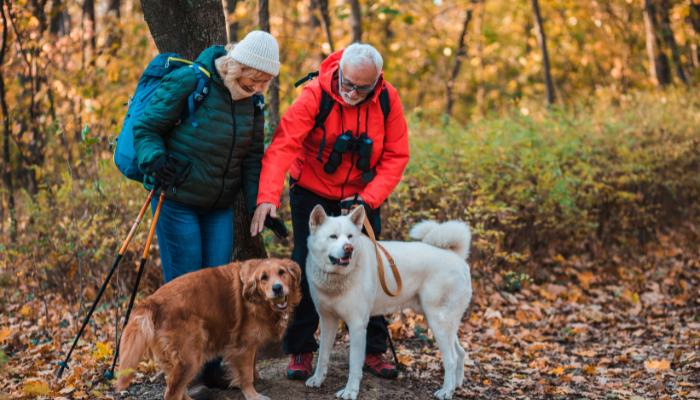
How to Prevent Your Dog from Having a Stroke
- Fortunately, there are things you can do to help prevent a stroke from happening in your pet. One of the most important things is to maintain a healthy weight. Obesity puts your pet at risk for high blood pressure and diabetes, which increase the chances of a stroke.
- Another thing you can do is keep their vaccinations up-to-date. Vaccinations help protect your pet against diseases that can lead to strokes, such as rabies and distemper.
- Finally, ensure you take them for regular checkups with their veterinarian so any potential health problems can be caught early and treated before they become serious.
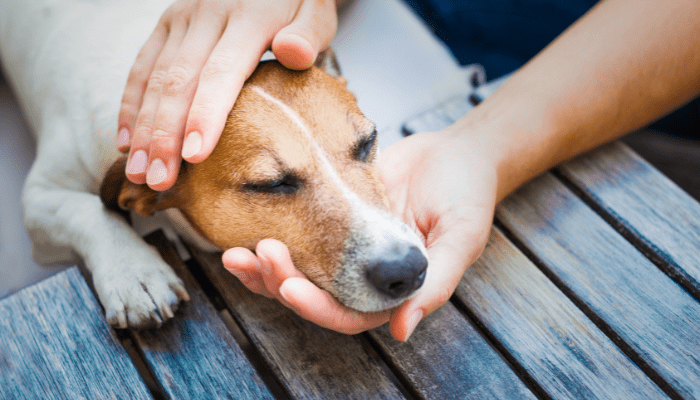
Conclusion
Strokes are a medical emergency and can be fatal, so it’s essential to be able to recognize the signs. Call your veterinarian or an animal hospital immediately if you think your dog is having a stroke. Educating yourself on the symptoms of strokes in dogs is just one step you can take to ensure that you’re prepared for this potentially life-threatening situation. Have you ever had to deal with a stroke in your pet? What was the outcome?
Frequently Asked Questions
If you believe your dog is experiencing a stroke, act fast and get them to the vet right away. Strokes might be mistaken for other disorders that cause balance issues, like fainting spells and vestibular disease. A veterinarian should be consulted, nevertheless, if you notice any uncommon symptoms. The lack of control over your pet's bodily functions due to a stroke can result in vomiting, gasping, diarrhea, or loss of bladder control. Your pet may experience breathing difficulties or cardiac arrhythmia as the stroke worsens. When these symptoms first appear, they may be mistaken for a minor stomach ache. Blood clots are the main factor in most strokes, however parasites, germs, and tumor cells can also contribute. The tissue around the blood vessel can perish as a result of this substance becoming trapped in a blood artery and obstructing blood and oxygen flow. Drooling, chomping, tongue biting, tightening of the muscles, loss of consciousness, and mouth foaming are just a few of the symptoms that might occur. Dogs have the ability to sag to the side and paddle with their legs. Sometimes they urinate or feces while having a seizure.What do you do when a dog has a stroke?
How does a dog act after a stroke?
Why did my dog have a stroke?
Did my dog have a stroke or a seizure?

